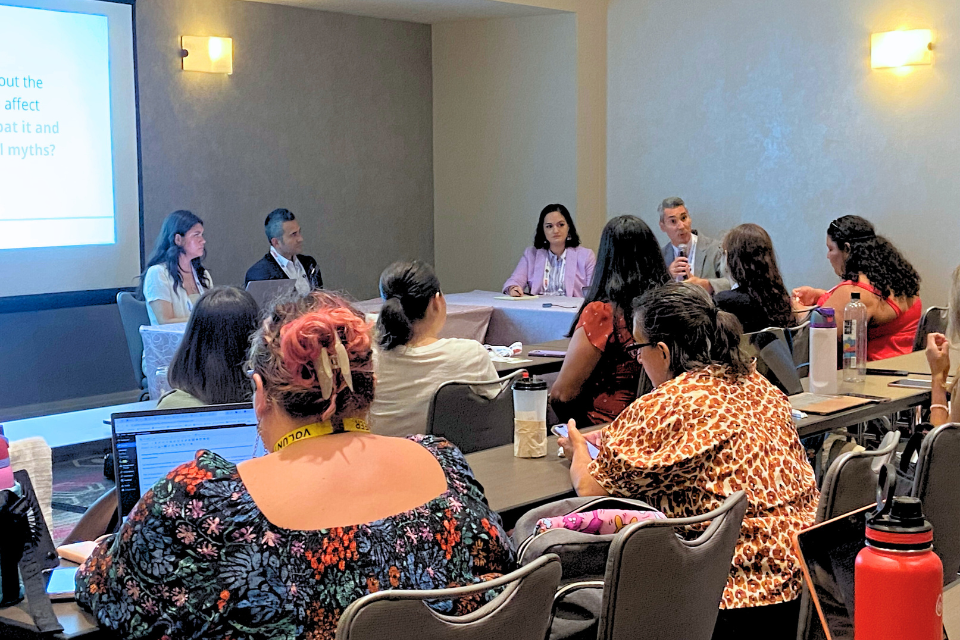Photo credit: radio.krcb.org
In some places, having a babysitter can cost more than college tuition. When did childcare become the biggest line item in a family’s budget?
A new research paper from the Economic Policy Institute (EPI), a worker advocacy group, finds that caretaking costs have become so exorbitant that in most parts of the U.S., families spend more on childcare than they do on rent (included in that number: babysitting, nannies, and out-of-home day care centers).
The U.S. Department of Health and Human Services says that in order to be considered affordable, childcare should account for no more than 10% of a family’s budget. In reality, though, these costs can eat up more than 30%. Much like rent, how much people spend on their kids’ care varies dramatically by location, as evidenced by EPI’s map below. Monthly childcare costs for a household with a 4-year-old are $344 in rural South Carolina and $1,472 in Washington, D.C. Infant care is even more expensive.
Annual child care costs for a 4-year-old as a share of full-time, full-year minimum-wage earnings, by state
Note: Earnings are calculated using state minimum wages and assuming the parent works 40 hours per week, 52 weeks per year.
EPI analysis of EPI Family Budget Calculator (Gould, Cooke, and Kimball 2015) and Minimum Wage Tracker (EPI 2015)
These sky-high costs are a fairly recent phenomenon. Citing the Bureau of Labor Statistics, Bloomberg reports that the costs of both childcare and nursery school have risen 168% over the past quarter of a century. Meanwhile, consumer prices have increased 76%. In more practical terms, this means that the average cost of childcare is about $18,000 per year, based on a survey by Care.com of 700 parents across the country.
While this is troubling for all caregivers, the burden of childcare costs falls disproportionately on families in poverty. According to research by the Census Bureau, families below the poverty line spent 30% of their incomes on childcare in 2011—four times the percentage spend by wealthier families.
But even for parents higher on the income scale, paying for childcare is no small feat. Indeed, the EPI study notes that in 33 states…..
To read full article: http://fortune.com/2015/10/06/childcare-rent-women-workforce/



